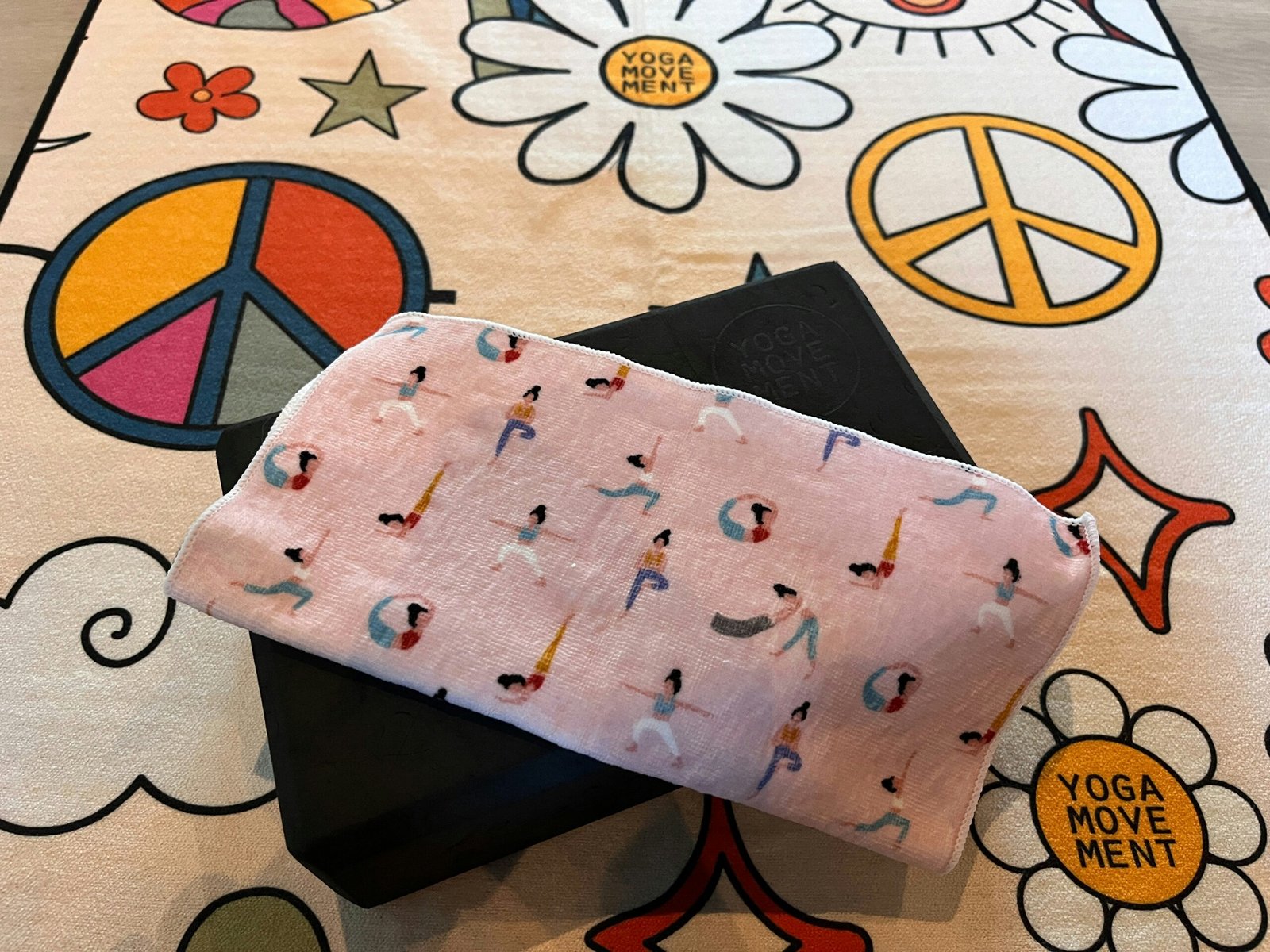Understanding Mindfulness
Mindfulness is defined as the mental practice of focusing one’s awareness on the present moment while accepting feelings, thoughts, and bodily sensations without judgment. This concept, rooted in ancient meditation practices, particularly those of Buddhism, has evolved over centuries and gained significant traction in contemporary society. In today’s fast-paced world, mindfulness serves as a crucial tool for achieving mental well-being by cultivating a deeper sense of presence. The ability to remain grounded in the “now” empowers individuals to experience life more fully and respond to stressors with clarity rather than automatic reaction.
The rising popularity of mindfulness reflects its relevance in addressing issues such as anxiety, depression, and stress, which are prevalent in modern lifestyles. Numerous studies have demonstrated that mindfulness practices can facilitate emotional regulation, promote resilience, and enhance overall quality of life. By engaging in mindfulness techniques, individuals report feeling less overwhelmed and more equipped to handle daily challenges. Furthermore, mindfulness fosters a greater appreciation for simple experiences, allowing practitioners to find joy in mundane tasks and interactions.
Despite its numerous advantages, misconceptions surrounding mindfulness persist. Some people believe that mindfulness requires hours of meditation or pertains solely to spiritual pursuits. However, this notion overlooks the accessibility of mindfulness practices. In reality, mindfulness can be seamlessly integrated into daily activities, such as eating, walking, or even engaging in conversations. It is about cultivating awareness rather than adhering to specific rituals. By debunking these myths and understanding the true essence of mindfulness, individuals can embrace its transformative power. As the journey toward incorporating mindfulness into one’s life begins, the potential for inner peace amidst the chaos of a busy schedule becomes increasingly attainable.
Practical Mindfulness Techniques
Incorporating mindfulness into daily life does not require extensive time or complicated practices. Simple techniques such as mindful breathing, body scans, mindful eating, and short meditative practices can easily be integrated into various aspects of one’s day-to-day activities, fostering a peaceful state amidst busyness.
Mindful breathing is one of the most accessible ways to ground oneself. This technique involves focusing attention on the breath, inhaling deeply through the nose and exhaling through the mouth. Practicing for just a few minutes, several times throughout the day, can significantly reduce feelings of stress or anxiety. To start, find a quiet place or even a space at work. Close your eyes if comfortable and take a deep breath, counting to four as you inhale, holding for four counts, and exhaling gently for another four counts. Repeat this cycle for five minutes to create a calm internal environment.
Body scans are another excellent way to enhance mindfulness. This practice involves lying down comfortably and bringing attention to different parts of the body, starting from the toes and moving up to the head. Focus on how each part feels—tension, relaxation, warmth, or coolness—without judgment. Engaging in a body scan for about ten to fifteen minutes can foster awareness and promote relaxation, making it ideal for unwinding after a hectic day.
Mindful eating emphasizes being present during meals. This approach involves eating slowly, savoring each bite, and noticing flavors and textures without distractions like television or smartphones. Setting aside even a few minutes to focus entirely on your meal can help you appreciate food, enhance digestion, and promote a healthier relationship with eating.
Finally, short meditative practices can often be done during commutes or breaks. Apps such as Headspace or Calm provide guided meditations that can be completed in as little as five minutes. These practices can help refresh the mind and cultivate a sense of peace amidst a busy schedule. By embracing these practical mindfulness techniques, individuals can effortlessly nurture a mindful presence throughout their daily lives.
Creating a Mindfulness Routine
Establishing a consistent mindfulness routine is essential for incorporating mindfulness practices into your daily life, particularly within a busy schedule. One effective strategy is to allocate specific time slots during the day dedicated solely to mindfulness. Morning practices can set a positive tone for the day, allowing for moments of reflection before the demands of the day take hold. Additionally, taking short breaks throughout the day can create opportunities to engage in mindfulness, even for brief periods, helping to maintain inner peace as stressors arise.
To reinforce these habits, consider starting with small, manageable goals. Begin by dedicating just five minutes each morning and gradually increase the time as you become more comfortable with your practice. Utilizing reminders, such as phone alerts or calendar events, can also ensure that these moments are preserved amidst chaotic schedules. These prompts serve as consistent nudges to attend to your mindfulness practice, further embedding it into your routine.
Flexibility plays a critical role in sustaining mindfulness practices. Life is often unpredictable, and maintaining a rigid schedule may lead to frustration rather than fostering a sense of peace. Establishing a mindset that allows you to adapt your practice according to your daily circumstances is beneficial. For example, if you miss your traditional morning session, consider integrating mindfulness during your commute or while doing household chores. Simple acts, like focusing on your breath while waiting at a red light or practicing gratitude while washing dishes, can transform mundane activities into opportunities for mindfulness.
Ultimately, the goal of creating a mindfulness routine is to develop a continuous awareness throughout your day. By strategically scheduling mindfulness practices, reinforcing habits, and embracing flexibility, you can cultivate a deeper sense of inner peace and tranquility even in the busyness of daily life.
Overcoming Challenges to Mindfulness
Maintaining a consistent mindfulness practice can be fraught with challenges, particularly amidst the fast-paced nature of modern life. One of the most pervasive barriers is distraction. In an age where notifications constantly vie for our attention and our minds are perpetually bombarded with information, focusing on the present moment becomes increasingly difficult. To counteract this, it is crucial to create a conducive environment for mindfulness. This might involve designating specific times and spaces for practices such as meditation or deep breathing exercises, helping to minimize external interruptions.
Another significant challenge is time constraints. Many individuals believe they simply do not have enough time in their schedules to engage in mindfulness exercises. However, mindfulness does not require lengthy sessions; even a few minutes of focused awareness can yield substantial benefits. Integrating short mindfulness breaks into the day, such as mindful walking during lunch breaks or practicing mindful breathing before meetings, can effectively foster a sense of calm and presence without requiring extensive time commitments.
Moreover, the tendency to slip back into autopilot behaviors can deter progress in mindfulness practices. This often occurs when routine actions, like commuting or cooking, become mindless tasks rather than opportunities for awareness. To overcome this, one can implement mindfulness into everyday activities by adopting a practice known as “mindful awareness.” This involves bringing intentional focus to simple tasks, noticing sensations, and fully engaging with the experience. Such small changes can help interrupt the pattern of unawareness and promote a more engaged and peaceful state of mind.
Self-compassion plays a vital role in overcoming these barriers. It is essential to recognize that setbacks are part of the mindfulness journey, and patience is key. Acknowledge your progress and allow for imperfections without judgment, fostering a more sustainable commitment to your mindfulness practices. By adopting these strategies, individuals can enhance their ability to remain mindful, paving the way towards achieving inner peace amidst a busy schedule.


